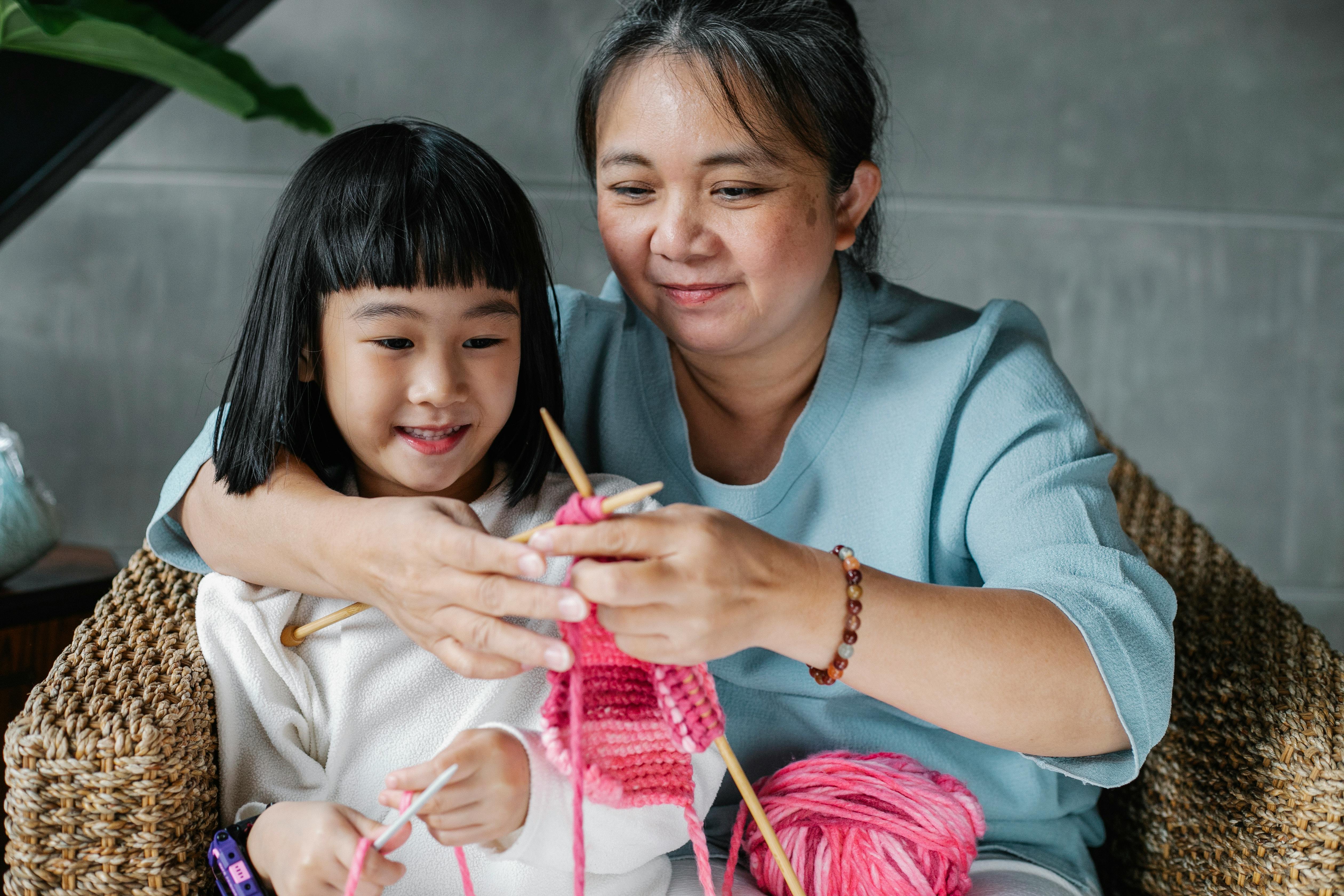Have you ever asked yourself the question, “What kind of printing do I need?” If so, keep reading. There are so many different types of printers and printing methods that it can be hard to know which one is best for your particular job. An experienced and trusted printer will recommend the right printer for your project, but just so you know what they’re talking about, here’s a quick overview to help you on your way.
Wide-format printing – A wide-format printer specializes in printing really large banners, signs, posters, or trade show panels (to name a few). These large items are typically printed on a roll of paper and can be up to 200′ long by up to 60″ wide. Alternatively, rigid substrates can be placed on top of a flatbed printer, such as glass, wood, or cardboard, and are printed direct to the substrate.
Flatbed Printing – Bridges the gap between offset printing and screen printing by providing a way to print directly onto objects that are rigid, flat, or have irregular surfaces. The ability to print with white ink opens up a range of possibilities, whether printing a spot color or laying down a base to print on. The full color image is applied in one go to the surface and once it comes off the machine it is ready to be cut and packaged for shipment.
Ideal for POS, store advertising, interior and exterior signage, trade show display panels, special event signs and graphics. Flatbed printing is excellent for long-run jobs and jobs that require variable data.
Digital printing eliminates the use of film and plates. Send a digital file directly from a computer to the press. Digital printing is relatively fast, making it a convenient method during tough times and excellent for short print runs.
Solvent Inks – UV curable inks are ideal for printing outdoor signs and banners.
Pigment Inks – Water-based inks used for indoor printing applications such as trade show panels, banners, signage, canvas, paper, and posters.
Inkjet Printing: A method of printing by spraying droplets of ink through computer-controlled nozzles. This can also be called jet printing.
Dye sublimation is a printing process that uses heat to transfer dye to a medium such as fabric. The ink adheres to the substrate giving the appearance of a continuous tone photograph and resulting in bold, vivid colours.
Screen Printing: A printing method in which an image is transferred to a substrate by means of ink squeegee-squeezed through a patterned cloth or metal wire screen stretched over a frame. This can be a manual or mechanical operation and allows the application of ink on almost any material. It’s great for short-run jobs on apparel, mugs, billboards, and signs.
Off set printing is the most common form of high volume commercial printing. It uses a technique that transfers ink from plate to blanket to paper rather than directly from plate to paper and is the method of choice for printing newspapers.
Dot-matrix printers use a series of small pins to strike an ink-coated ribbon, causing the ink to transfer to the paper at the point of impact.
Inkjet printers use a series of nozzles to spray ink droplets directly onto the paper.
Laser printers use dry ink (toner), static electricity, and heat to place and adhere ink to paper.
Substrate – Any surface or material on which printing is done.
Thermography is a process that produces a relief image. A special powder adheres to the wet ink, and when heat is applied, the two fuse together to form a raised surface. This printing method is often used for stationery, business cards, letterheads, wedding invitations, etc.
Flexography is a printing process used to package products. Flexible rubber plates are used to print on surfaces such as plastic bags and cardboard boxes.
Gravure printing is a high-quality process using copper plates. This process is commonly used to print high-quality, high-volume materials such as magazines and catalogs.




